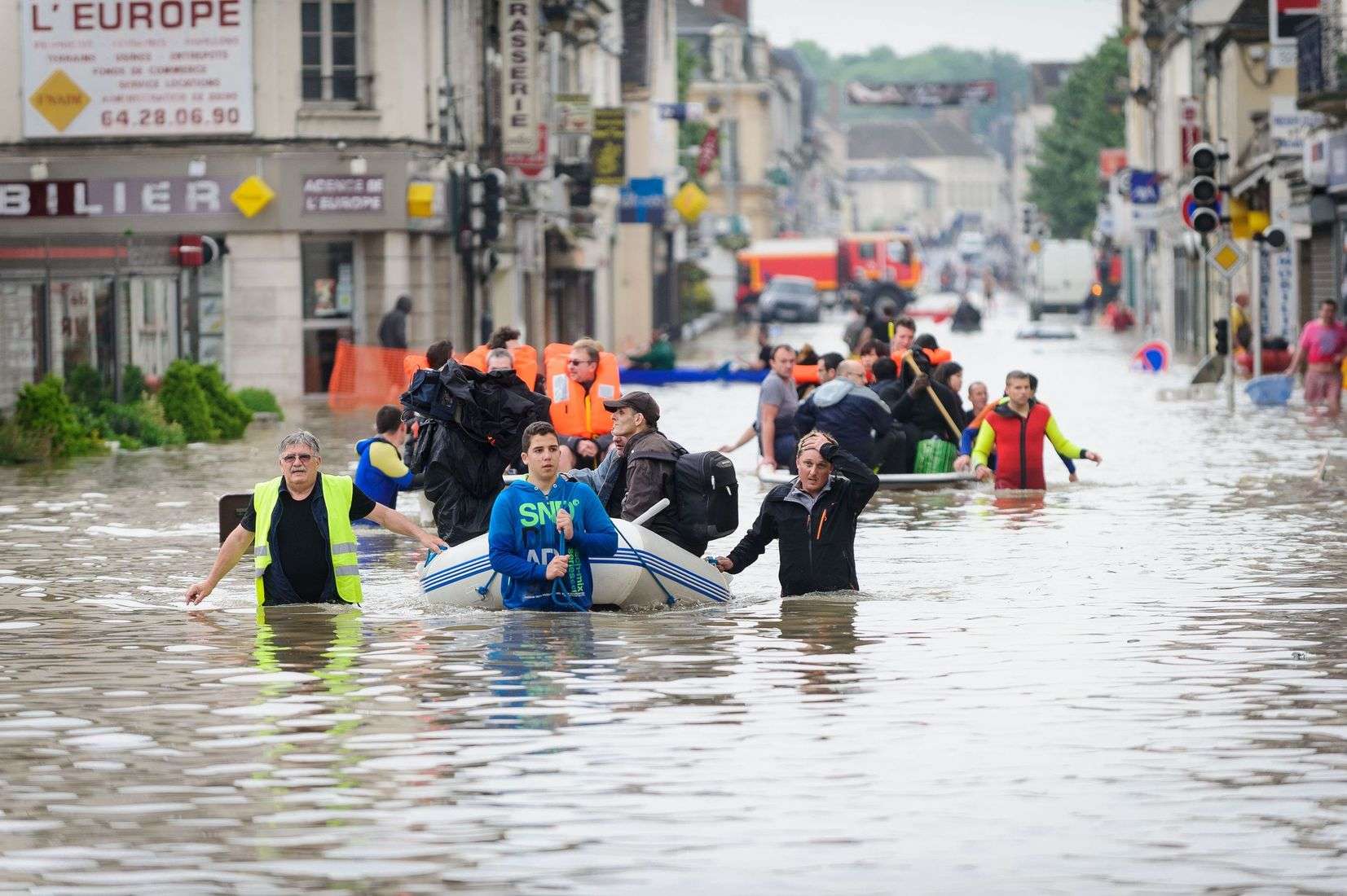On 22 March 2022, Cerema and the National Flood Forum organised, as part of the BRIC project, a hybrid seminar (webinar and INSA Rouen) on the governance of flood risk prevention and the involvement of the population in this policy in France and England. The replays and presentations of the different interventions are online.
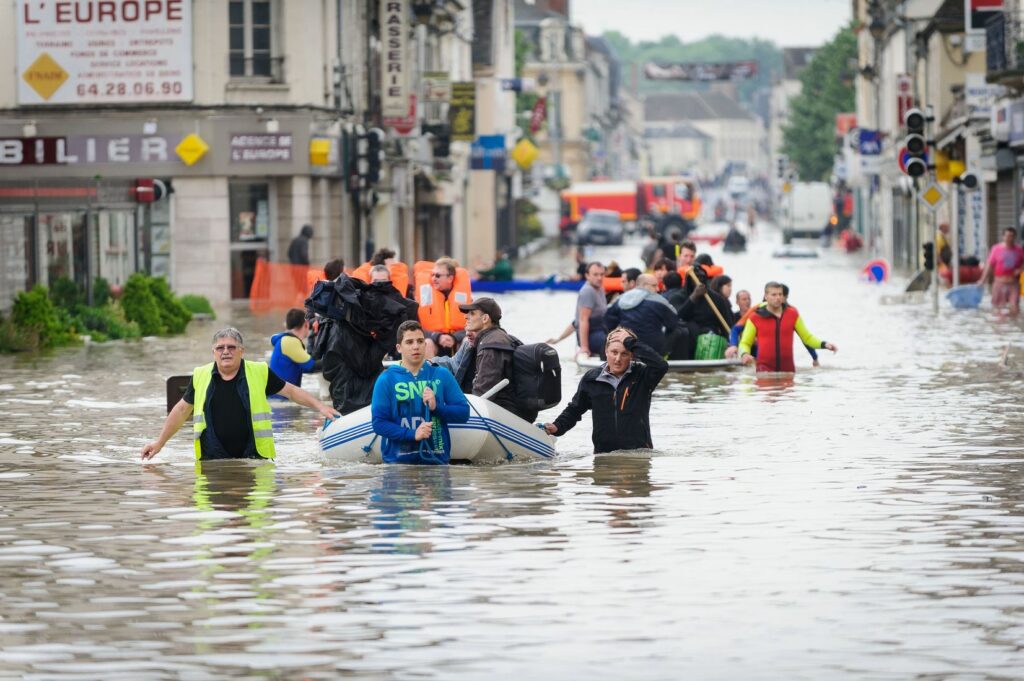
Context
The BRIC (Building Resilience in Flood Disadvantaged Communities) project (2021-2023) is designed to create networks between individuals, non-profit community organisations and public authorities in the UK and France to find better ways to prevent flooding.
This Franco-British seminar is part of this BRIC project supported by the ERDF.
Objective of the seminar
- To carry out an inventory of the governance of the flood risk management policy and of the the involvement of communities in the two countries
- Carry out an assessment of the strengths and weaknesses of community involvement in the two countries
- Sharing good practice in awareness raising and community involvement
Opening of the day
- Sébastien DUPRAY – Cerema, direction adjoint de la direction Risques, eaux, mer
- Katia SANHUEZA-PINO – National Flood Forum, chargée de projets senior
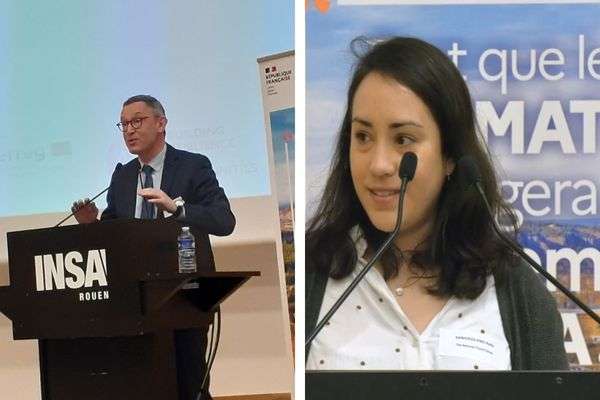
In France, flooding is a major issue, as 17 million of the 68 million inhabitants are exposed to flooding. In England, one in six properties is at risk.
With the aim of supporting collaboration within communities, the BRIC project is an opportunity to make contact, exchange, share experiences and build links.
Watch the introductory video of the seminar here
Plenary session – cross border analysis
Devoted to a cross-border analysis, the first plenary session made it possible to set out the project, to understand what differentiates the two study territories, France and England, but also on what aspects they are linked.
To meet the objective of cross-border comparison, the speakers answered the same questions.
Part 1: Governance of flood risks
Speakers included François WEBBER – DREAL Normandie, Head of the Risk Department, David GOFF– Kent Flood action group and Sanjay JOHAL – National Flood Forum
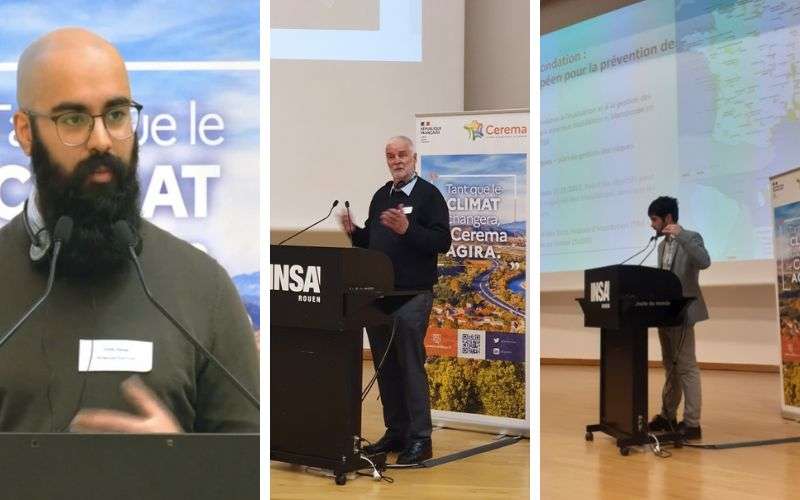
Four questions were put to the speakers in this session:
- What policy principles underlie flood risk management and how it is organised ?
- Who are the principle actors (organisations) and their competencies ?
- What rôle does the citizen have in flood risk management policy ?
- What actions carried out nationnaly are aimed at the public ?
Find here the videos corresponding to each of the questions.
What policy principles underlie flood risk management and how it is organised?
Who are the principle actors (organisations) and their competencies?
What role does the citizen have in flood risk management policy?
What actions carried out nationally are aimed at the public?
Watch the video of session 1 here
Awareness raising / involvement of the population in flood risk prevention policy
Speakers include Perrine VERMEERSCH – Cerema and Sanjay JOHAL – National Flood
Forum
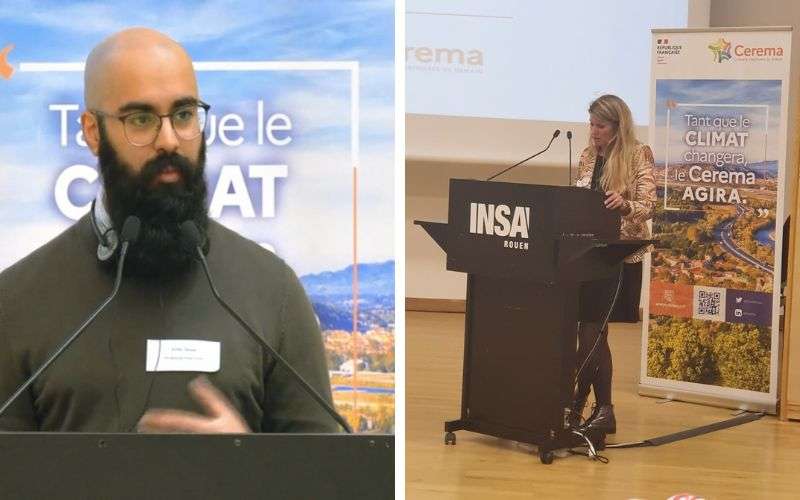
Three questions were put to the speakers in this session:
- What types of action are aimed at involving people in managing their flood risk ?
- What actions are being implemented to involve local population ?
- Is involving the disadvantaged public a particular concern ? And how can it be achieved ?
Find here the videos corresponding to each of the questions.
What types of action are aimed at involving people in managing their flood risk?
What actions are being implemented to involve local population?
Is involving the disadvantaged public a particular concern? And how can it be achieved?
Showroom
During the lunch break, the face-to-face participants were able to meet the members of the consortium involved in the Kent, Plymouth, Isle of Canvey, Dorset, Pont-Audemer, Aulne Valley and Oise Valleys experimentation sites and to discover the actions carried out within the BRIC project.
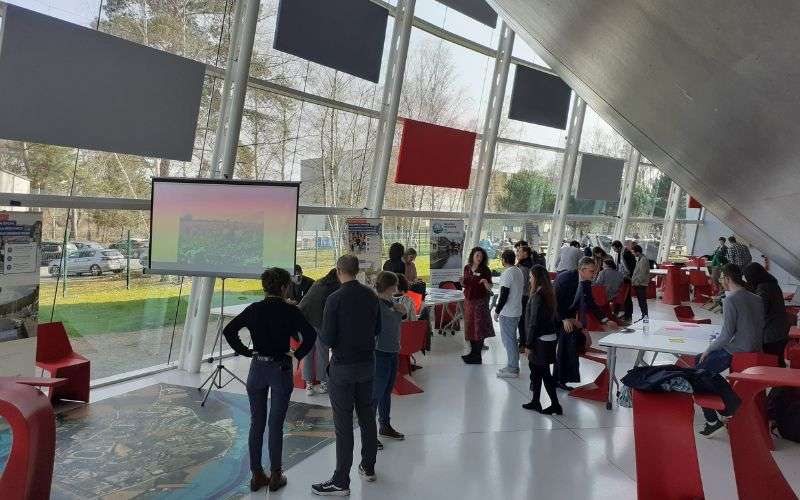
How to better involve people?
Collective workshops were held on several issues directly related to the BRIC project.
The participants were divided into five groups for 1.5 hour workshops. Each group answered one or two questions.
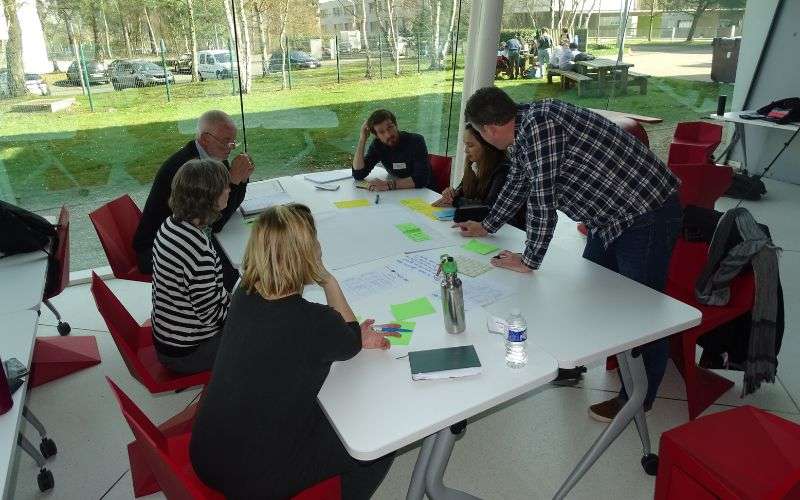
They were asked the following questions:
- How to better share information between the population and public authorities?
- How to involve the population in flood risk management and facilitate joint work between population networks and local authorities?
- How to evaluate the effectiveness of actions carried out?
- How to capitalize and promote local experiences ?
Feedback from workshops
Workshops rapporteurs:
Imane FEDAILI – Oise-les-Vallées
Arnaud GANAYE – Cerema
Katia SANHUEZA-PINO – National Flood Forum
Perrine VERMEERSCH – Cerema
Chris COODE – Thames 21
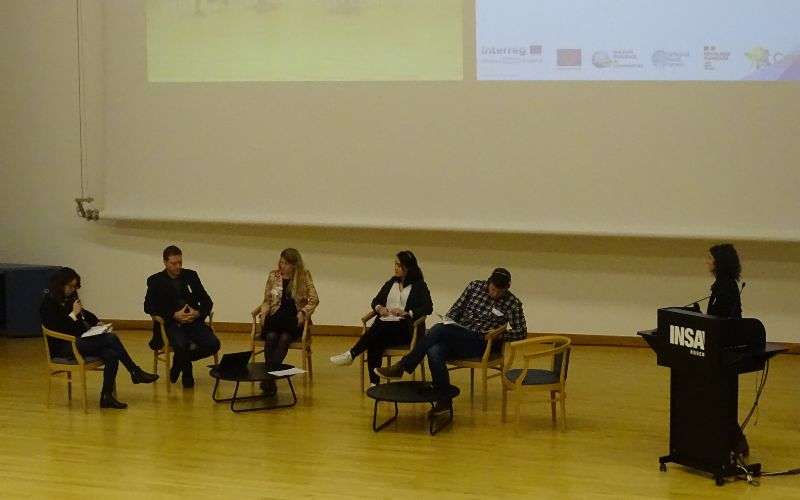
Cerema, Perrine VERMEERSCH – Cerema, Katia SANHUEZA-PINO –
National Flood Forum, Chris COODE – Thames 21 and Céline PERHERIN –
Cerema, during the workshops restitution, Photo credits : Oise-les-Vallées
Summary of the different key points discussed according to the issues and working groups:
How to better share information between the population and public authorities?
French reporter: Imane FEDAILI – Oise-les-Vallées
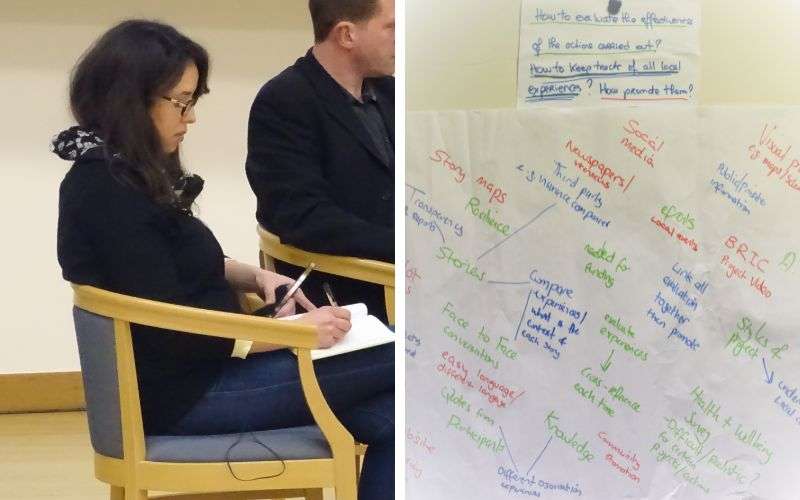
- Importance of the timing of information sharing actions in relation to flood events, when the event is still present in people’s memory.
- Importance of the human link and physical contact between populations and local authorities. Develop the role of certain local actors, particularly the mayor.
- Importance of maintaining the memory of the risk among varied and changing populations.
- Definition of the type of information to be shared, the public authorities involved and their role in sharing information.
English reporter: Chris COODE – Thames 21
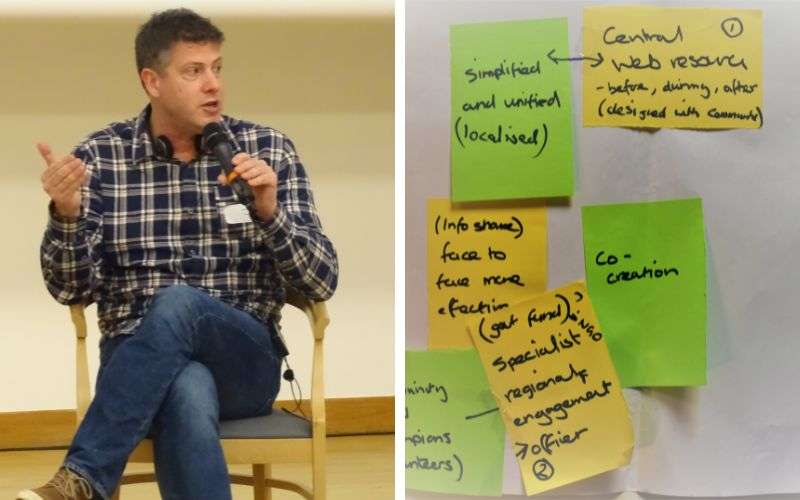
- Need for a single online platform to bring together good practice in flood risk management.
- There is no substitute for face-to-face communication.
- Use regional engagement specialists to link communities and government agencies.
Watch the video of the answers to the first question in the workshop feedback session here
How to involve the population in flood risk management and facilitate joint work between population networks and local authorities?
French reporter: Perrine VERMEERSCH – Cerema
- Participation means listening and sharing spaces to gather needs and co-construct policies.
- Territorialising the message and inserting it into the local fabric in conjunction with the structures involved in the daily life of the population.
- To keep the memory alive on a daily basis even in the absence of a recurring or recent event in the territory.
English reporter: Chris COODE – Thames 21
- Proposing concrete participatory actions, co-creations.
- Early risk education with long-term thinking in the context of climate change and resilience.
- Global community involvement, not just on risk. Seek a general culture of participation by taking into account the environment and planning for example.
Watch the video of the answers to the second question of the workshop feedback session here
How to evaluate the effectiveness of actions carried out?
French reporter: Arnaud GANAYE – Cerema
- Depends on the action carried out: variable indicators, quality depends on the means and the support or not of the actors of the territory, good timing, involvement of people, difficulty in justifying the actions facing the loss of knowledge and memory.
- Focus on communication actions and difficulties encountered: social networks, number of clicks or connections, satisfaction surveys, partnerships, photo exhibitions, surveys, communication in local newspapers, question of the neutrality of communication.
- Need to reach the uninformed and ways to do so.
English reporter: Katia SANHUEZA-PINO – National Flood Forum
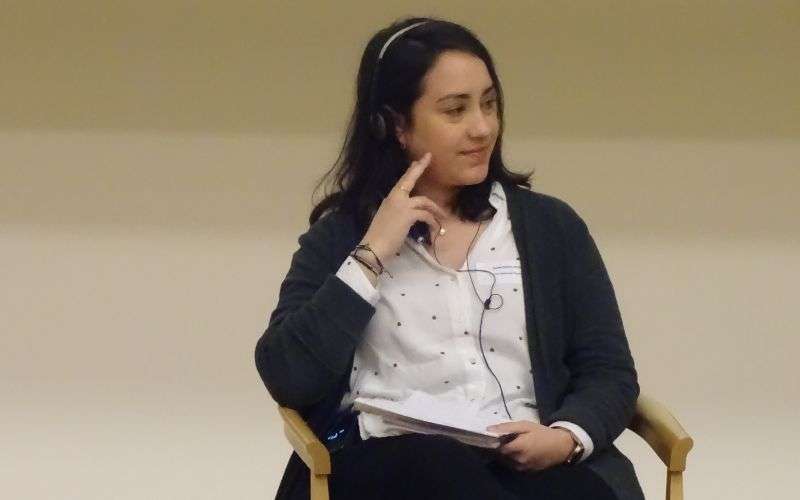
- Difficulty in evaluating the effectiveness of resilience actions.
- In addition to written reports, introduce quotes, person records, surveys that go beyond raw numbers.
- Compare and learn from feedback from communities and project partners.
- Knowing the target audience, territory and community, allows for the interpretation of feedback from the community, in order to adapt future projects with other targets.
Watch the video of the answers to the third question of the workshop feedback session here
How to capitalize and promote local experiences ?
French reporter: Arnaud GANAYE – Cerema
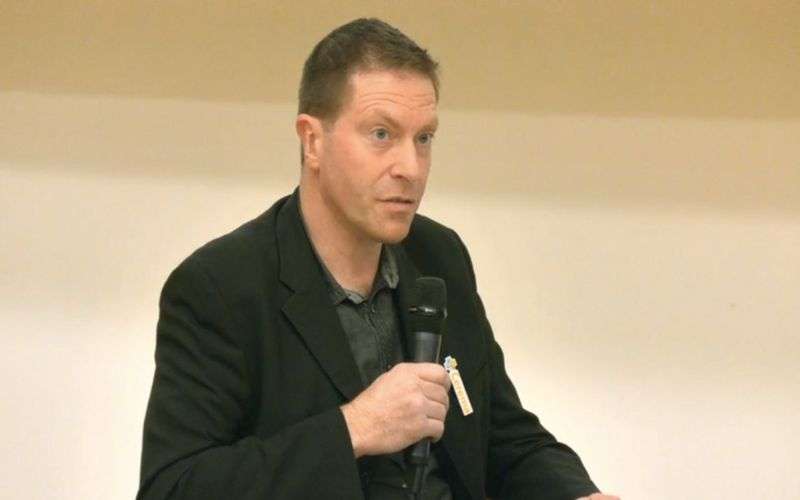
- Experience through games: example of the “water flood” game, in schools, ambassadors, etc.
- Need for large-scale assessment: example of the Cerema guide on innovative actions (“café-debates”, exhibitions on the link to water as in Dunkirk at the moment, “Vigi-crue” aperitif on the Aulne, marking of flood water levels on trees as in La Rochelle…)
- Have local networks that are continuous over time and that allow them to capitalise on their scale: interest in social networks, finding other means of communication that are disconnected from political discourse, theme days, before/after photos, mobile exhibitions, workshops/trainings, etc.
English reporter: Katia SANHUEZA-PINO – National Flood Forum
- Be able to compare projects to identify common themes.
- Understand the context of each territory and their community. Understand the priorities of communities in relation to the socio-economic context.
- Identify messages that were understood or not understood and what resilience measures were effective or ineffective.
- Inviting local experts to take part in the steering process mobilises, through them, the organisations involved in flood risk management locally, and engages a wider part of the local community.
Watch the video of the answers to the fourth question of the workshop feedback session here
Round table with two key witnesses
Speakers:
Anne-Marie LEVRAULT – AFPCN (French Association for the Prevention of Natural and Technological Disasters)
David GOFF – Kent Flood action group
Rich in inspiring examples, this day allowed us to discover the Franco-British systems through different approaches to flood risk management, to detail the institutional, financial and structural differences and similarities. Beyond the observations, concrete objectives were discussed in order to improve citizen involvement in flood resilience.
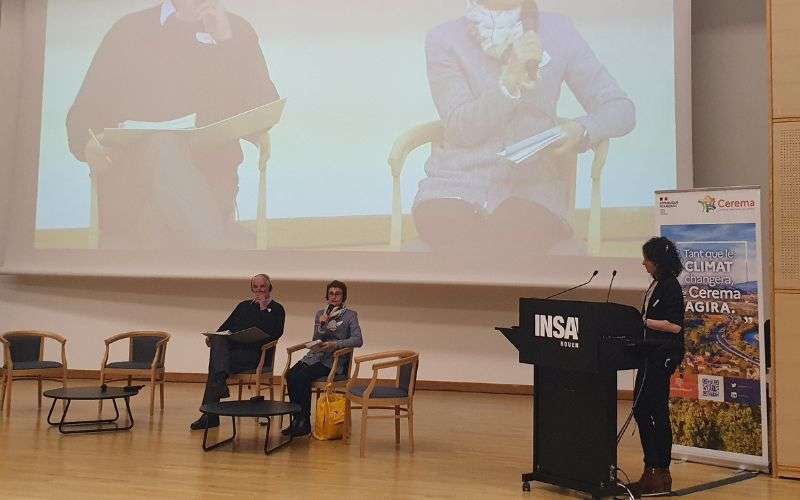
Anne-Marie LEVRAULT underlined the institutional differences between France and England:
- in terms of insurance, since in France flood risk is not an insurable risk, unlike in England,
- the constitution of action groups encouraged by local authorities in England,
- the intermediate timeframes of 2030 and 2050 set as objectives in England,
- a more top-down, less ‘human’ French action,
- In England, the creation of action groups, with the support of the authorities, makes it possible to move beyond the crisis phase, helps to project oneself and to propose concrete actions. In France, encouraging these approaches would make it possible to develop a real culture among the population.
It also draws lessons from the seminar:
- the need for a single centre to share and compare experiences,
- There is no substitute for human, interpersonal contact,
- Trying to start from the needs of each person, not being satisfied with top-down regulatory information,
- need to popularise, process and share information in both directions, “top down and button up”.
Pour David GOFF :
- people are prepared for floods but not for flash floods,
- France and England are at the same point with schools. It also seems important to him to integrate elements on water and floods into the school curriculum,
- The contribution of new technologies is a support, and it is well developed on the French side,
- The biggest difference between our two countries is the existence of flood action groups in England. He encouraged France to develop them. It is necessary to work with the action groups and understand the way they talk about floods, their concerns. Building trust is very important.
- From experience, he is not totally convinced of social networks, and prefers private discussion groups, for example, to pass on messages in times of crisis.
- Post-crisis resources, such as the Barnier Fund in France, seem interesting.
- Working together is the key”: it was pointed out by groups in both countries that communities need to be listened to.
David Goff noted a major problem in England: funding. Apart from grants and donations, the NFF does not receive any funding.
Watch the closing video of the seminar here
